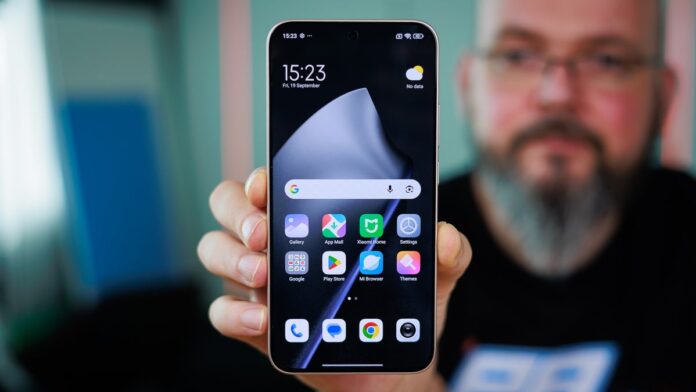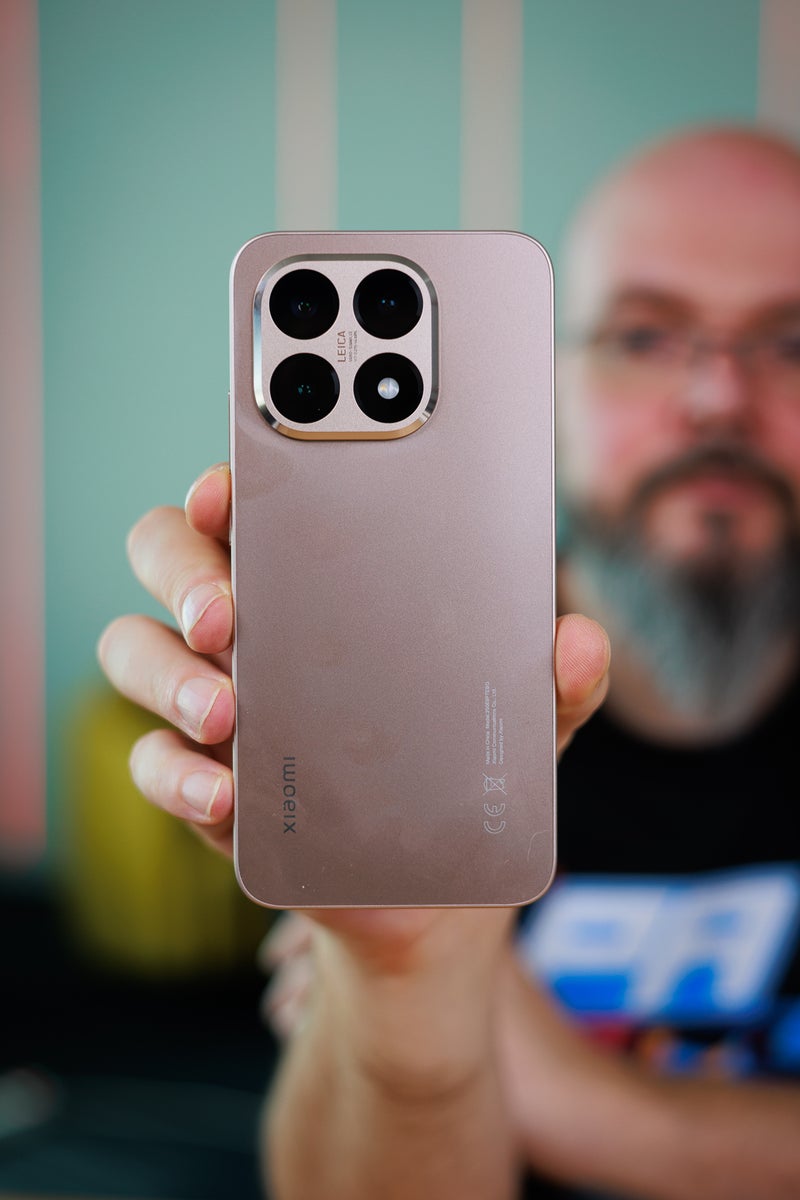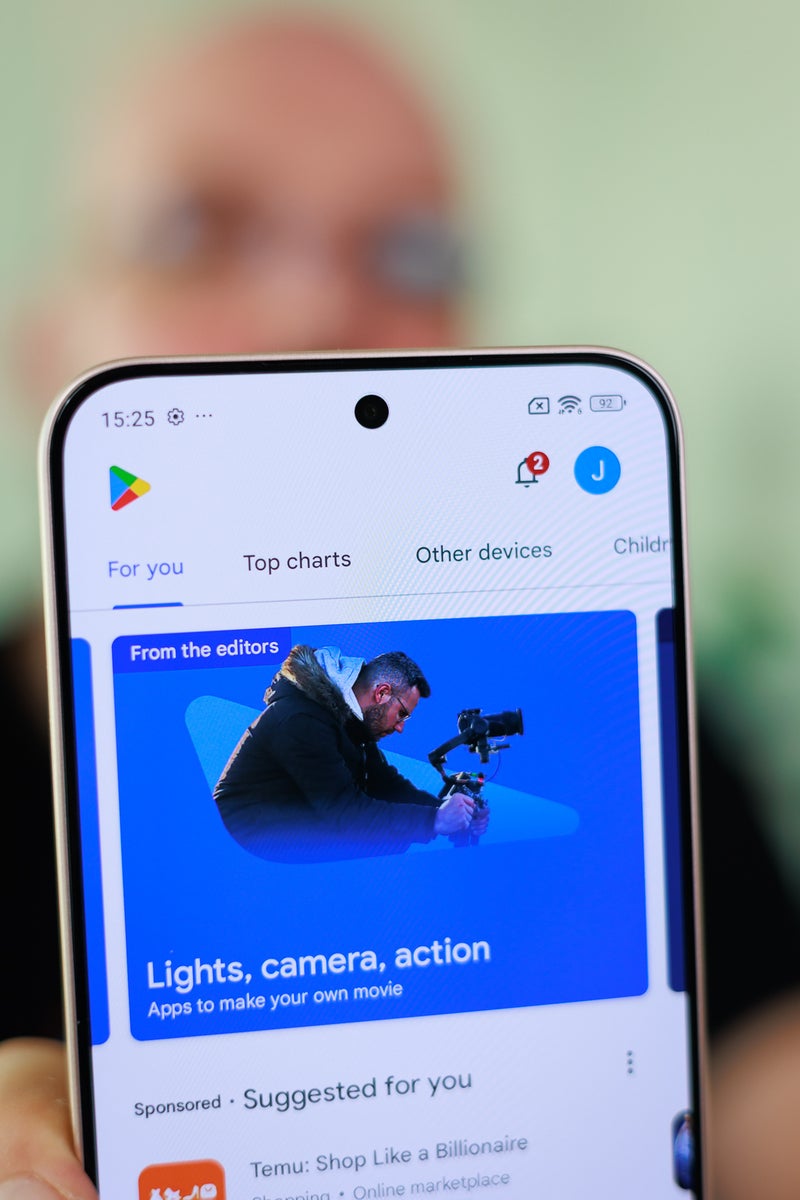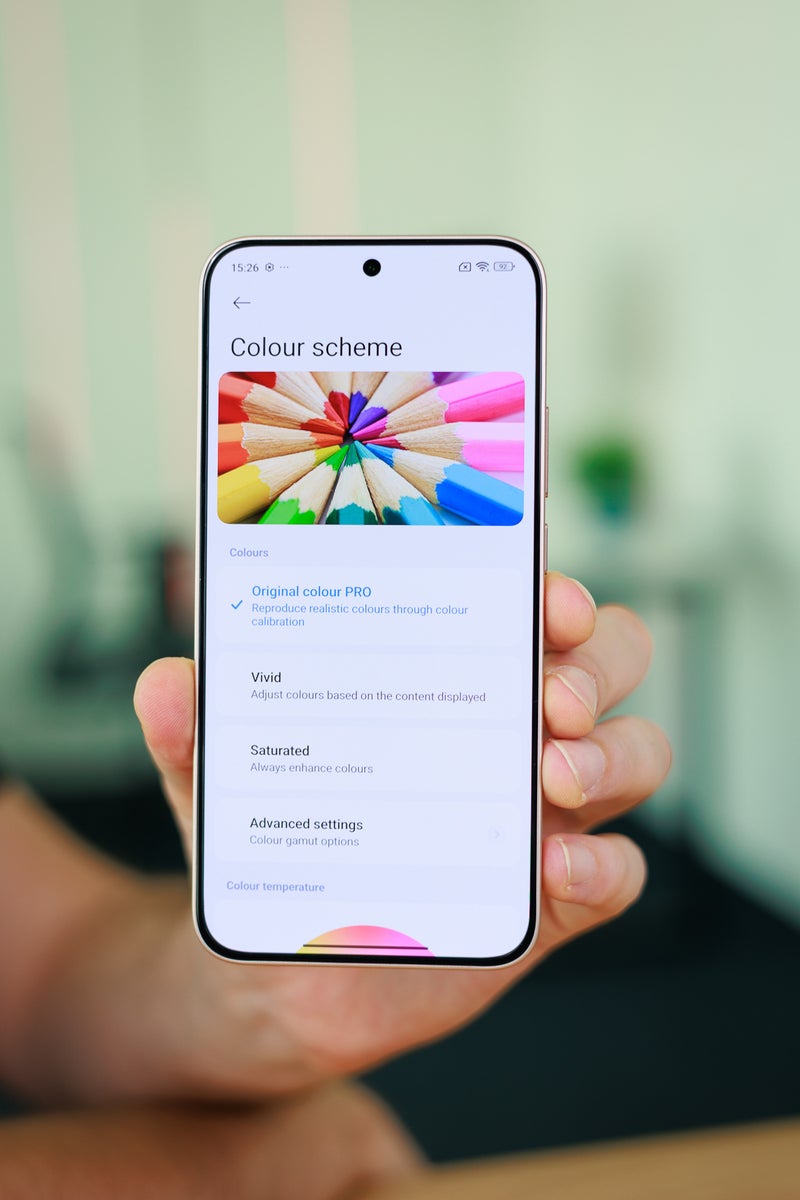Xiaomi has launched its next T-series devices, the Xiaomi 15T and Xiaomi 15T Pro. We already did the Pro, so now it’s time to see what compromises the company had to make with the non-pro version of the phone.
At first glance, this device sacrifices the periscope zoom camera and swaps it for a 2x telephoto, which seems a bit redundant as most companies rely on crops from the main camera for this level of magnification.
The frame of the Xiaomi 15T is plastic, and there’s a slower chipset inside, and finally, there’s no wireless charging on board. These omissions saved the company 150 euros, as the base variant of the phone starts at €649 (compared to the €799 for the Xiaomi 15T Pro).
But let’s dive deep and find out what are the real-life implications of these cutbacks.
Table of Contents:
Xiaomi 15T Specs
Pricey
Let’s start with an overview of the Xiaomi 15T specs next to its Pro sibling:
| Xiaomi 15T | Xiaomi 15T Pro |
|---|---|
| Size and Weight 163.2 x 78 x 7.5 mm 194 g |
Size and Weight 162.7 x 77.9 x 8 mm 210 g |
| Display 6.83 inches, 1280 x 2772 pixels 120 Hz, 3200 nits peak brightness |
Display 6.83 inches, 1280 x 2772 pixels 144 Hz, 3200 nits peak brightness |
| Processor Mediatek Dimensity 8400 Ultra (4 nm) |
Processor Mediatek Dimensity 9400+ (3 nm) |
| Software Android 15, HyperOS 2 |
Software Android 15, HyperOS 2 |
| Cameras 50MP wide 50MP telephoto, 2x 12MP ultrawide 32MP selfie |
Cameras 50MP wide 50MP telephoto, 5x 12MP ultrawide 32MP selfie |
| Battery Size 5,500 mAh |
Battery Size 5,500 mAh |
| Charging Speeds 67W wired No wireless |
Charging Speeds 90W wired 50W wireless |
| Prices €649 for the 12/256GB version |
Prices €799 for the 12/256GB version |
The Xiaomi 15T is almost identical to its pro sibling, and you won’t be able to tell the difference even if you put them side-by-side. The overall shape, design, and even colors are very, very similar.
Xiaomi decided to use a plastic frame for the non-pro version of the series, which leads to a slightly lighter phone, and to be fair, it doesn’t feel cheap in the hand. The back is made from the same glass fiber as the one on the Pro.
Design-wise, the only difference you would probably spot is the periscope camera, the rectangular cutout in the circular housing is missing on the Xiaomi 15T, as it features a normal telephoto.
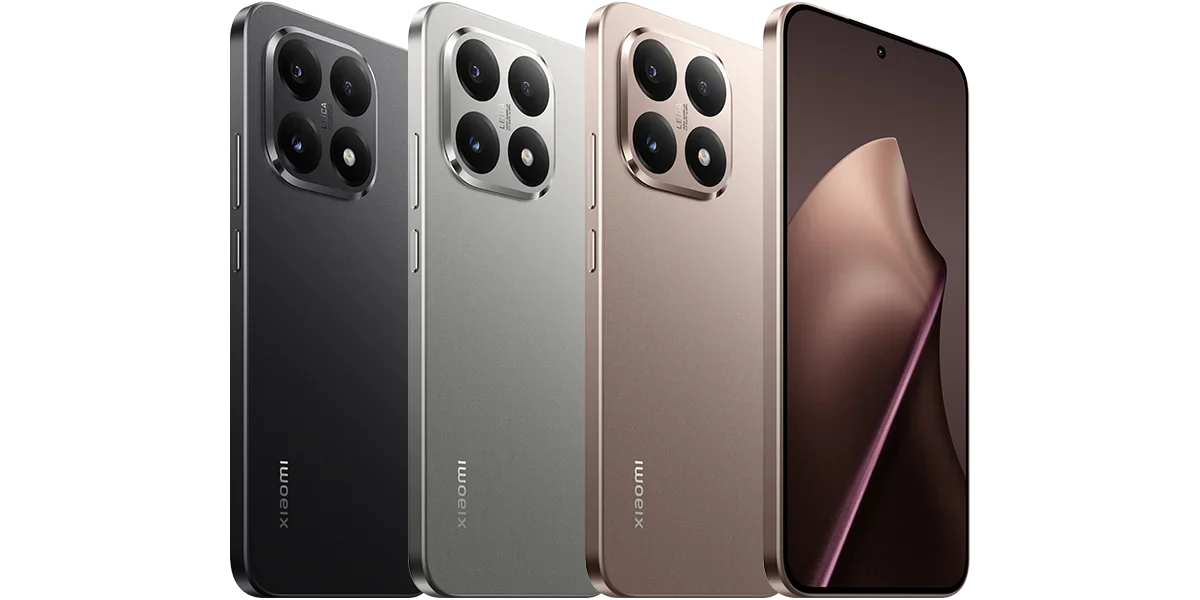

The Xiaomi 15T comes in three color variants: Black, Gray, and Rose Gold. These hues are nearly identical to the ones used on the Pro model, with the Rose Gold color option being a tad lighter shade than the Mocha Gold on the Xiaomi 15T Pro.
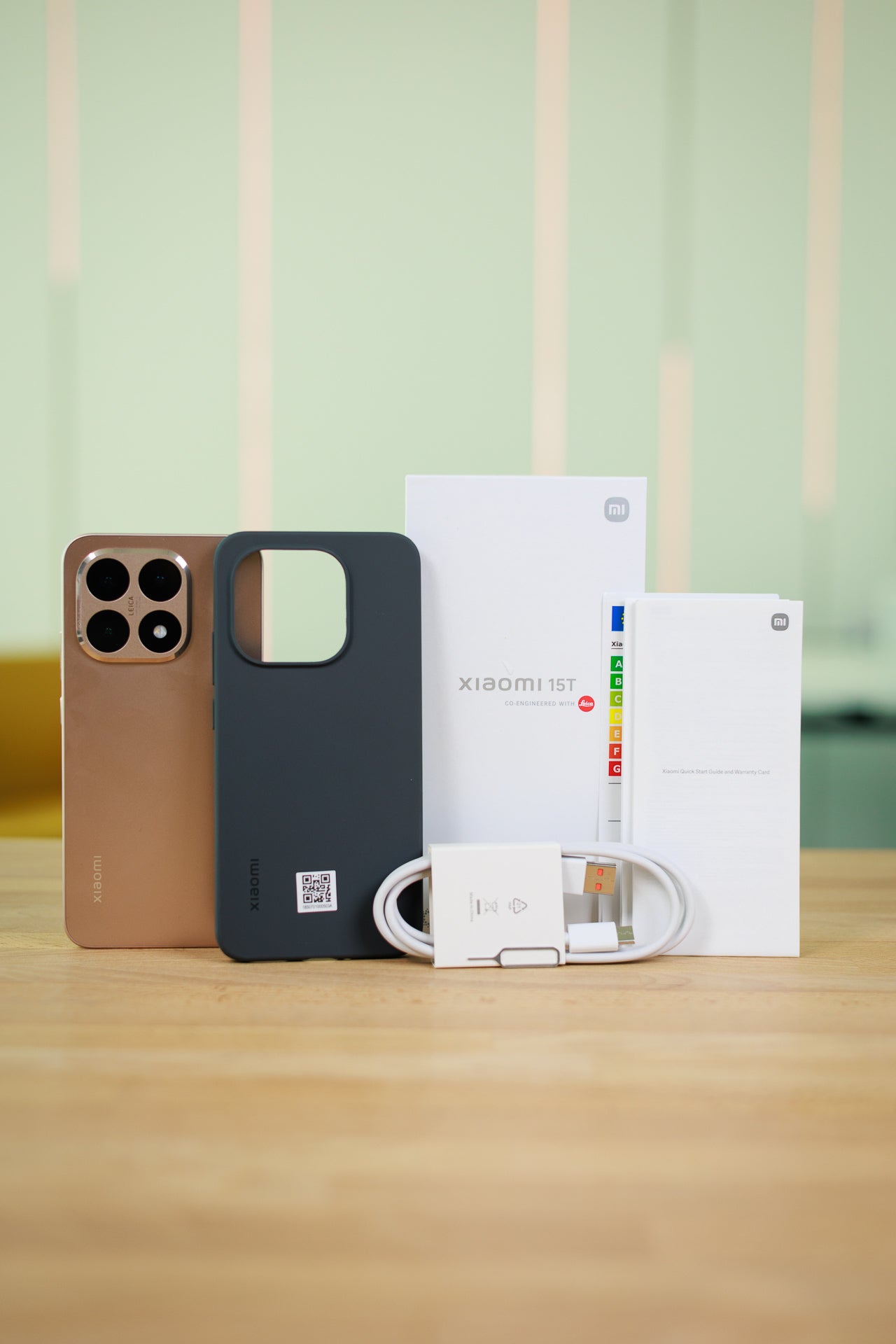

The retail packaging is a strange affair. There’s no charging brick (which is a shame as the phone supports 67W wired charging), but there’s a pre-installed screen protector, a USB-C cable, and a silicon back cover. Go figure.
Well, what do you know! The Xiaomi 15T managed to outperform its Pro sibling in the brightness department. It’s one of the brightest phones we’ve ever tested at 20% APL, outputting even more than the listed 3,200 nits (3,264 to be precise).
The minimum brightness is not under 1 nit (which is kind of an industry standard now), but still very good at 1.9, and the color accuracy is also decent. Overall, it’s a gorgeous screen to look at, no complaints whatsoever.
There’s an optical fingerprint scanner under the display (the same one used on the Pro version), and it gets the job done. Facial recognition is also available, but it relies on a single front-facing camera, so it’s not using any fancy radar or ToF tech.
Xiaomi 15T Camera
Minus one periscope
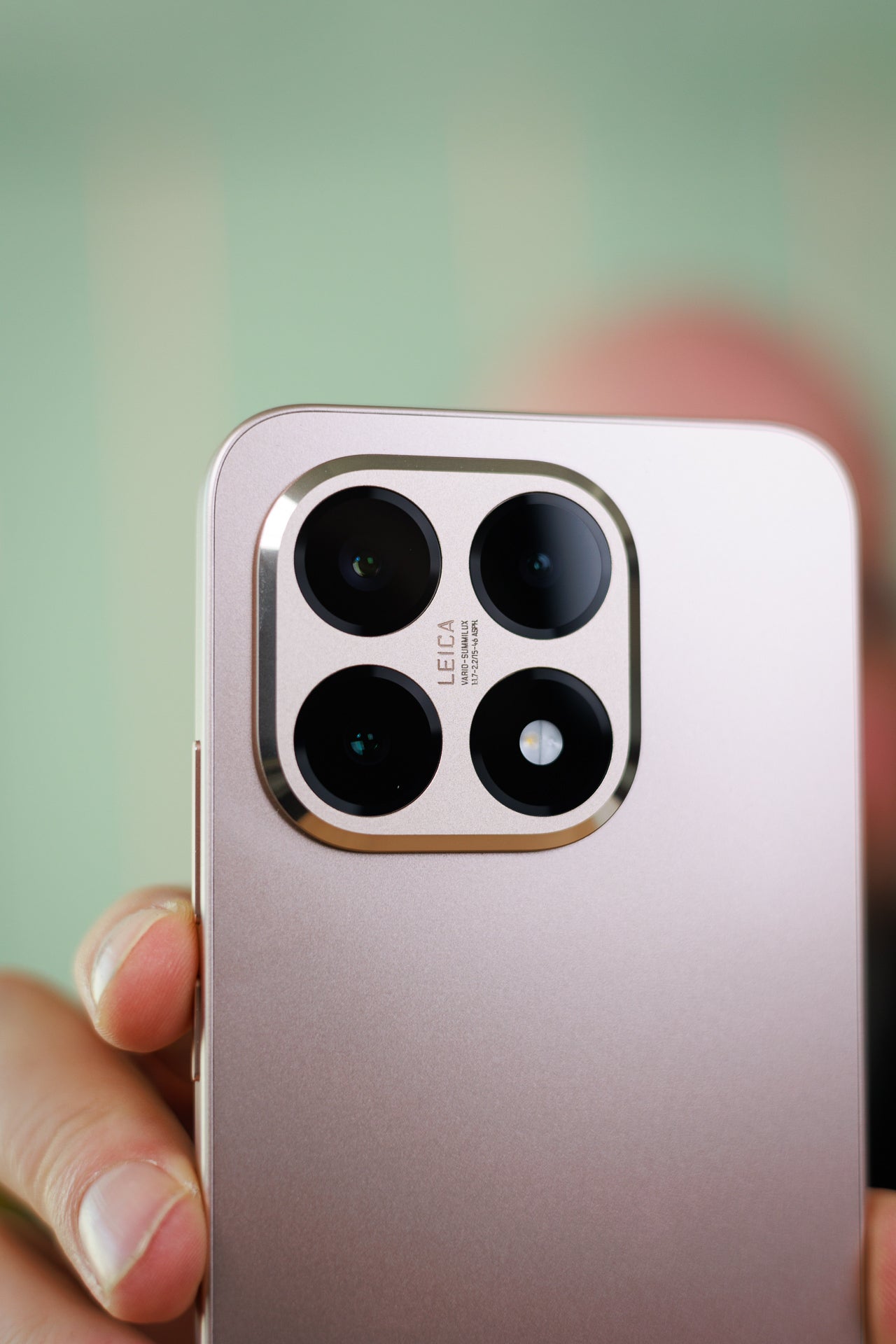

Telephoto aside, the other two cameras are identical to the ones used on the Pro—a 50MP main camera and a 12MP ultrawide. The main camera has the same 1/1.31″ sensor as the regular Xiaomi 15 flagship, so that’s great news.
The 2X telephoto camera offers a decent quality, but again, we don’t understand why Xiaomi opted for that exact level of magnification on a dedicated telephoto camera, rather than using 2X crops from the main sensor (which is big enough to tackle such a task).
The 32MP selfie camera performs quite well, and the bokeh is pretty convincing in Portrait mode; just don’t pull the slider to the maximum setting. It’s all digital, as there’s only a single front-facing camera with no depth sensors or other cool stuff, but it gets the job done.
Xiaomi 15T Performance & Benchmarks
Midrange chipset
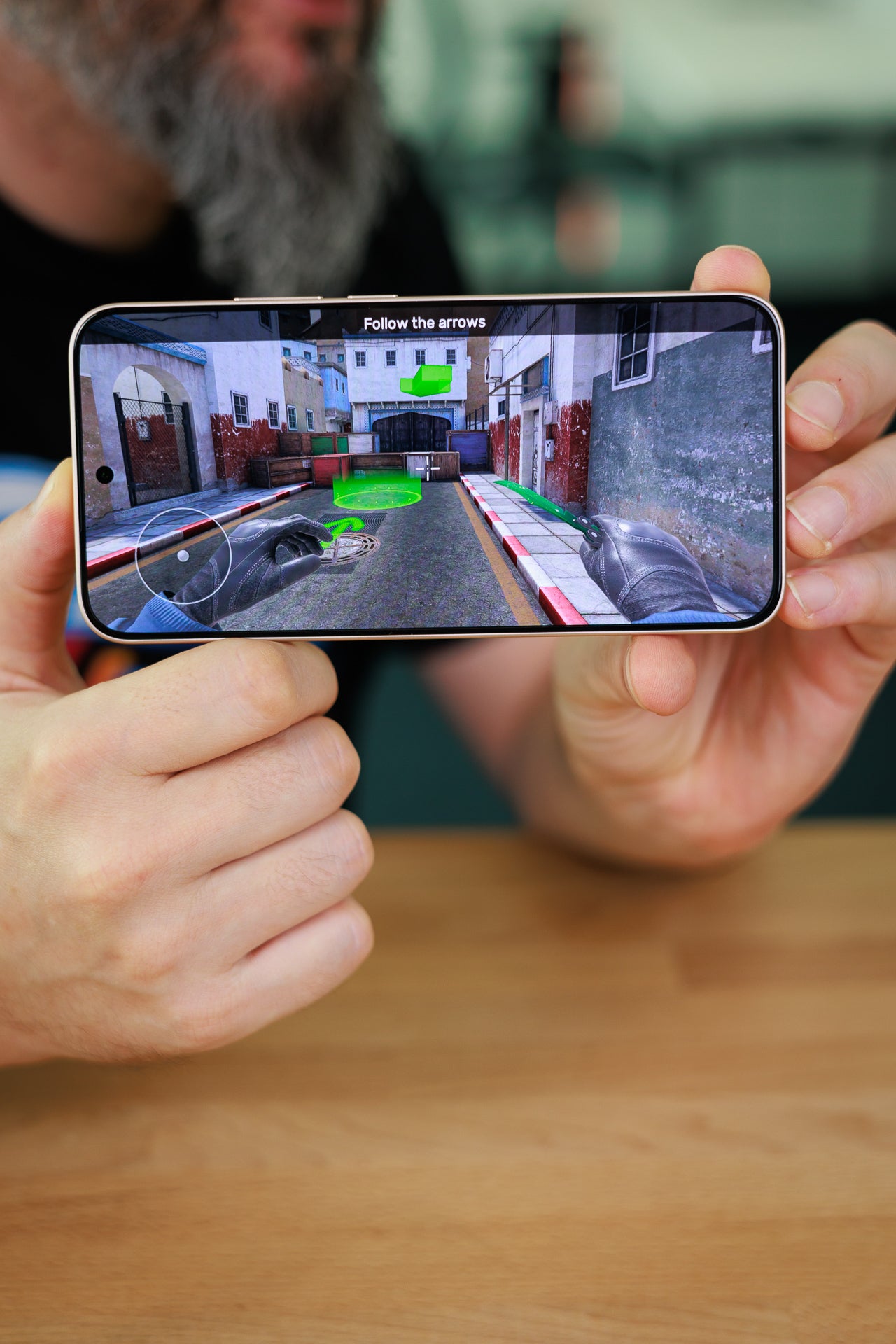

There’s a MediaTek Dimensity 8400 chipset inside the Xiaomi 15T. It’s a step down from the 9400+ silicon in the Pro model, and even though it’s an octa-core setup, the clock speed is different and so are the cores inside.
In terms of RAM, this model mimics what the Pro has to offer, the phone features 12GB of RAM in all storage configurations. Speaking of storage, you have two options, a base 256GB variant, and a step-up with 512GB. There’s no 1TB version on the non-Pro Xiaomi 15T.
CPU Performance Benchmarks:
GPU Performance
The MediaTek Dimensity 8400 is a midrange chip that performs accordingly. It’s very far from industry leaders such as the Snapdragon 8 Elite, and there’s also a gap to the Dimensity 9400+ used on the Xiaomi 15T Pro.
In real life the silicon gets the job done, and it even runs cooler, but if synthetic benchmark scores mean anything to you, this one lags behind and it is not a big leap over last year’s Xiaomi 14T and 14T Pro.
Xiaomi 15T Software
The phone comes pre-installed with HyperOS 2.0, the UI Xiaomi has been using in the past couple of years, which is based on Android 15. Just like on the Pro version, the same AI capabilities have been baked in here, the experience is nearly identical to Xiaomi’s flagship series.
Gemini is still on board and also available as a physical shortcut (holding down the power button), which suggests that Xiaomi has succumbed to Google AI superiority. Or, if we’re not to be that dramatic, the company just offers the most widespread AI agent out there, just like other big brands do (including Samsung).
There still are some AI tools separate from Gemini and embedded into the UI, such as AI writing aids, AI editing in the gallery, and AI translation services with real-time AI Interpreter mode. The exact same tools that were available last year.
The Xiaomi 15T offers four years of major software updates and six years of security patches. It’s a decent lifecycle, given the midrange chipset, still far from the six years Samsung is offering on its A-series midrangers and the seven years that the Pixel A-series brings to the table.
Xiaomi 15T Battery
What a difference!
We were very optimistic about the Xiaomi 15T’s result, given the modest chipset, but we were in for a surprise. The phone only managed 7h 11m overall, which puts it in 60th place. What a difference a chipset can make!
PhoneArena Battery Test Results:
The biggest difference comes in the browsing score with 8 hours lost to the Pro model, and this might have something to do with the screen refresh rate optimization and control, as both phones were set to auto. Nevertheless, there’s a difference in the other two categories as well.
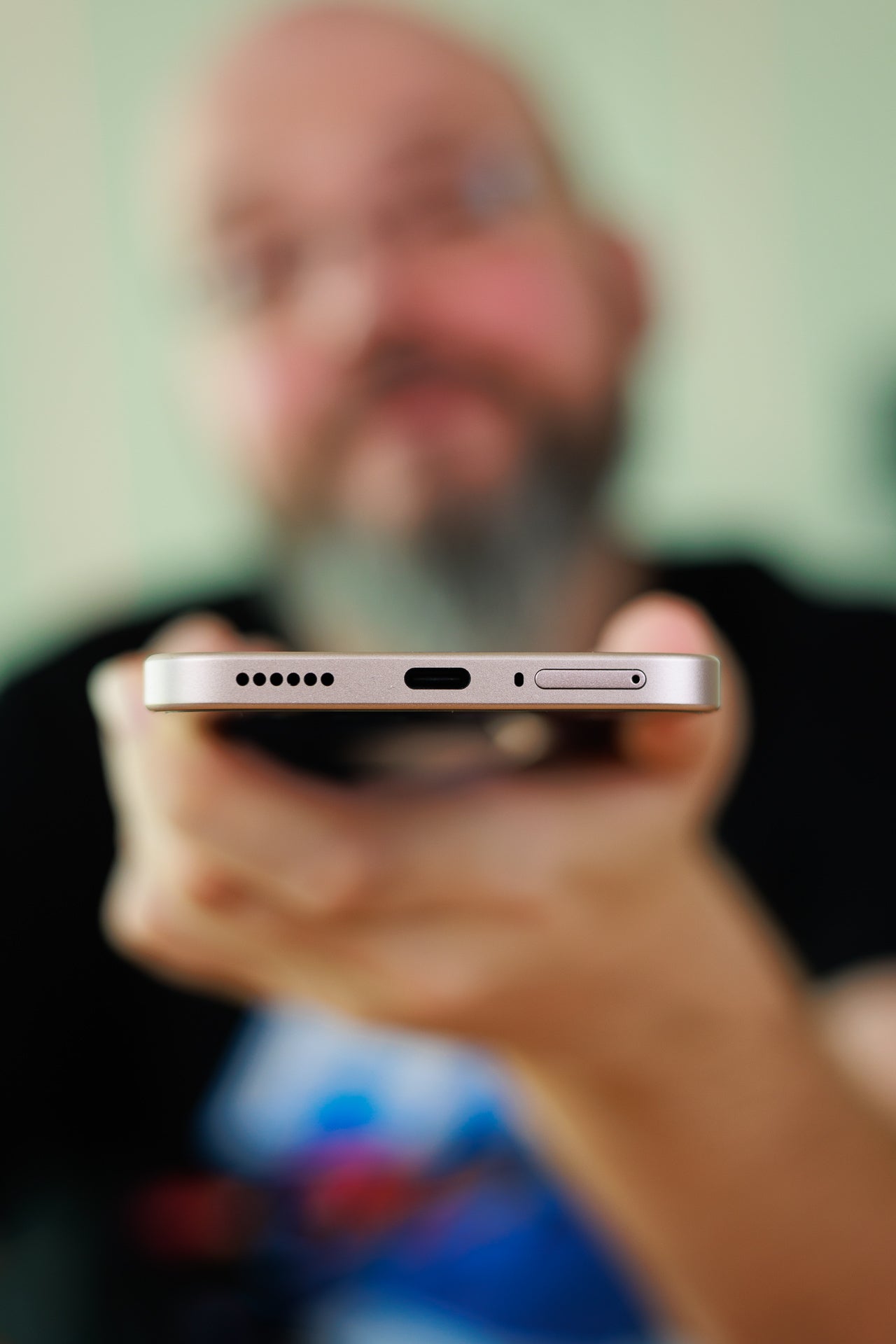

Xiaomi 15T Audio Quality and Haptics
The Xiaomi 15T is far from boomboxes such as most of the ROG phones and the Honor Magic series (which offer exceptional audio), and it lags behind the more popular iPhone and Galaxy options out there.
In terms of haptics, the things are okay-ish. The vibration is good, strong, and tight, but nothing to write home about.
Should you buy it?
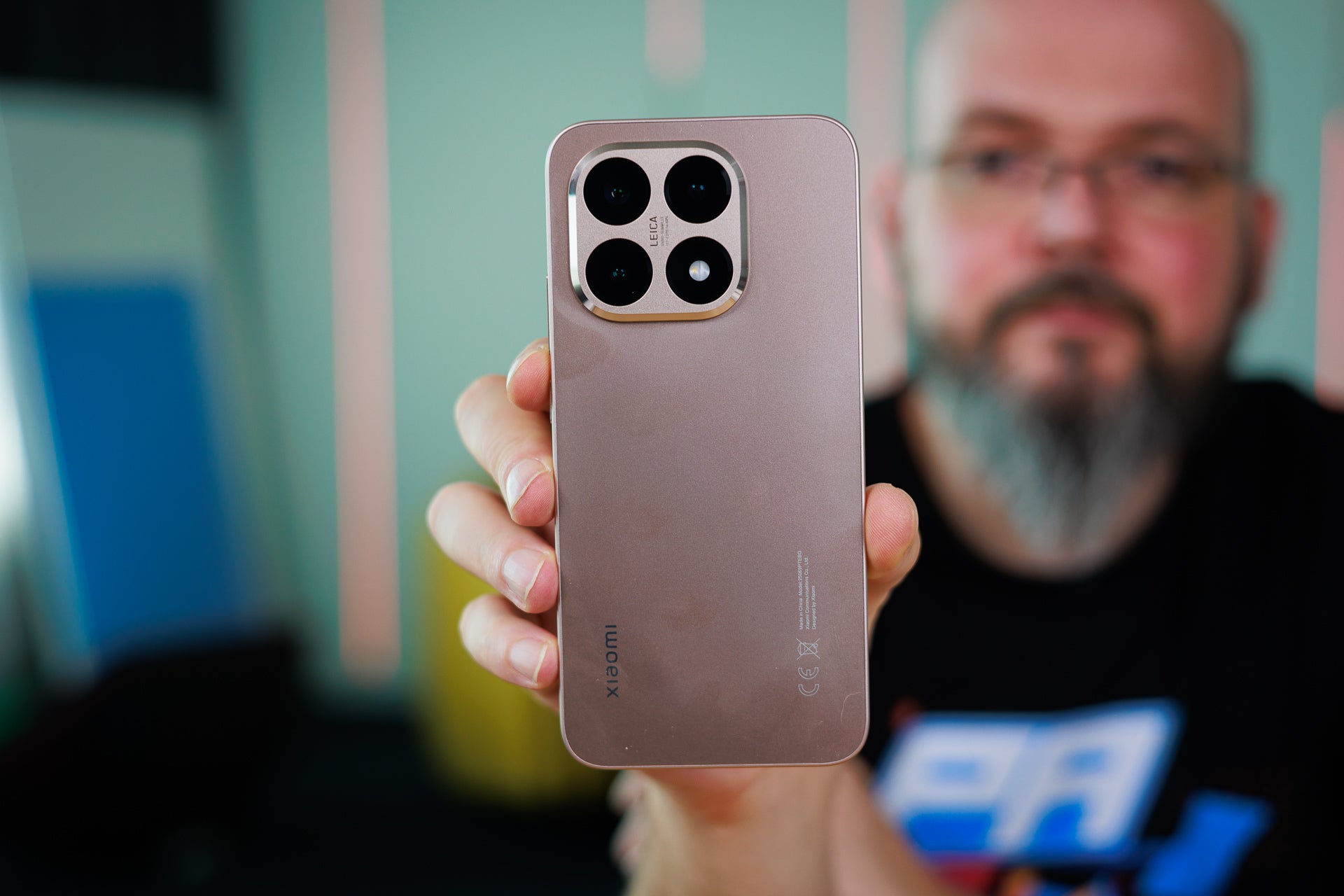

All of these drawbacks would’ve been forgivable if not for the starting price of €649 (roughly $750). It’s an expensive phone for what it has to offer, and there are many better alternatives out there. You can get a Pixel 10 for that kind of money, an iPhone 17, or a Galaxy S25. These are readily available, and there are trade-in offers to smoothen the transition.
👇Follow more 👇
👉 bdphone.com
👉 ultractivation.com
👉 trainingreferral.com
👉 shaplafood.com
👉 bangladeshi.help
👉 www.forexdhaka.com
👉 uncommunication.com
👉 ultra-sim.com
👉 forexdhaka.com
👉 ultrafxfund.com
👉 bdphoneonline.com
👉 dailyadvice.us
